I am going to disagree with the other posts here. If you have special class of graphs with restrictions, you can often get away with a more specialized design (for example, limited number of edges per vertex, only need to traverse one way, etc).
However, for storing an arbitrary graph, relational databases are an excellent choice. They're designed with an incredibly good set of tradeoffs that perform well in almost all situations. In addition, data needs tend to change overtime, and a relational database let's you painlessly change the storage and lookup without changing the data representation.
Let's review your design:
- one table for vertices (id, data)
- one table for edges (startId, endId, data)
First observe that the storage is efficient as it is proportional to the data to store. If we have 10 vertices and 10 edges, we store 20 pieces of information.
Now, let's look at lookup. Assuming we have an index on vertex id, we can look up any data we want in at least log(n) (maybe better depending on index).
- Given a node tell me the edges leaving it
- Given a node tell me the edges entering it
- Given an edge tell me the node it came from or enters
That's all the basic queries you need.
Now suppose you had a "graph database" that stores a list of edges leaving each vertex. This makes each vertex variable size. It a little easier to traverse. But, what if you want to traverse the other direction? Now you have you store a list of edges entering each vertex as well.
Now you have two copies of that information, and the database (or you the developer) must do a lot of work to make sure they don't ever get out of sync.
O(log(n)) vs O(1)
Relational database indices typically store data in a sorted form, or as others have pointed out, can also use a hash table.
Even if you are stuck with sorted it's going to perform very well.
First note that big oh measures scalability, not performance. Hashes, can be slower than many loops for small data sets. Even though hashing O(1) is better, binary search O(log2) is pretty darn good. You can search a billion records in 30 steps! In addition, it is cache and branch predictor friendly.
